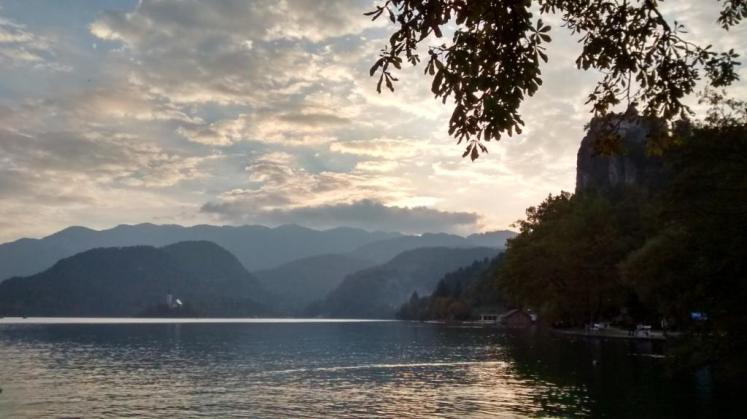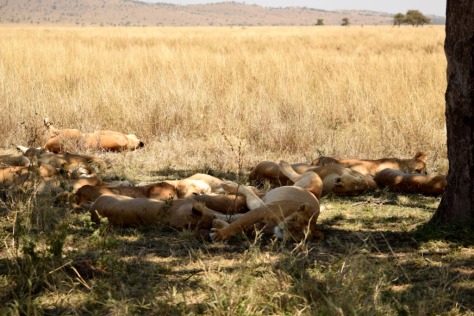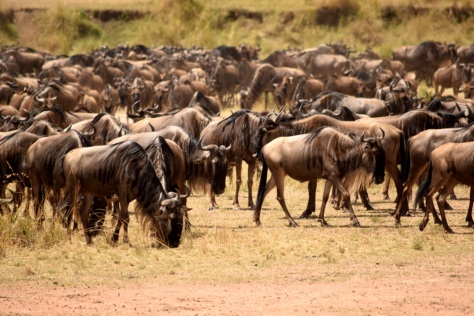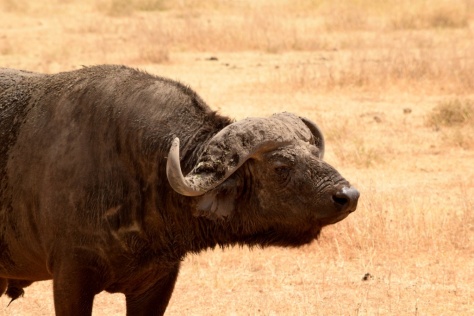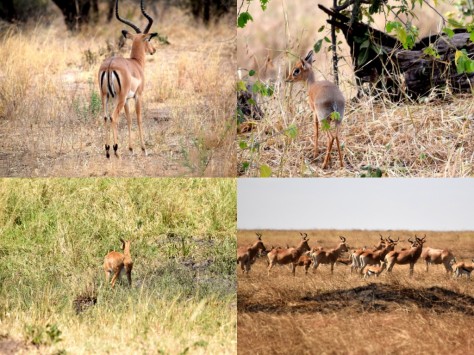‘Why am I doing this to myself’, I almost muttered out loud as I pulled myself up another steep section on my creaking knees.
It was 3.30 AM and pitch dark with an unwanted drizzle as we continued on our mission to scale Mount Merapi, the most active volcano in Indonesia (literally, ‘Fire Mountain’ in Bahasa Indonesia). Eight trekkers from different parts of the world, with our three guides – all so diverse, we’d look like a Benetton ad in daylight.
We had landed in Yogyakarta that afternoon and decided to trek up Mount Merapi in the night to catch the sunrise at the top. So, after a short(ish) snooze of a a couple of hours in the evening, we were picked up by our travel agent at 9.30 pm to ferry us to the starting point of the trek (about two hours away, including a a bone-jarring last 20 minutes off road).
The first half an hour of the trek was actually a pre-trek, steep walk up to New Selo, the launching point of the trudge up the mountain. The trek itself is an even steeper climb in the dark, with 4 sections of 0.6 km to 1 km, each of which take about 45 to 60 minutes – the killer stretches being the 700 m ones that take 45 minutes to an hour to traverse.
Coming from flat and sea-level Singapore that very morning presented an additional challenge – we weren’t used to altitude and found ourselves panting much sooner than warranted; but things got better as the night progressed and we adapted. The trail soon gave way to loose gravel and rocks and every few minutes we would hear a ‘whooosh’ as someone lost their footing for a bit and slid a few steps down. ‘Are you okay?’, one of the guides would call out and once established that everyone was still in one piece, we would continue our slow ascent; ‘small steps, small steps’, I’d tell myself.
A total of 4 hours later, we found ourselves on the ‘Plateau’ – a stretch of almost-level ground where hikers pitch up their tents to spend the night. The real summit is another 200 to 300 metres above this – an almost vertical climb with no safety ropes or supervision. Most hikers go up to the plateau and are highly discouraged by the guides from going further. Deciding that the final ascent was much too adventurous for my wobbly knees, we called our climb successful at the plateau as we braced for the strong and chilly gusts of wind that crossed it non-stop.
After what felt like an hour of shivering in the mist, the sky began to be painted with hues of pink, orange, red and the sun finally muscled through the dense clouds to the horizon.

The clouds that kept rolling in, making us freeze

Never have I waited so desperately for the sun

Building up…

The real summit

Neighbouring Mount Merbabu (not a volcano) – see humans on bottom right for scale

The slopes

Views on the way down

Mount Merapi, with the peak enveloped by clouds
Coming down was a lot more painful than going up, of course – especially on our already-weary legs – there were more than a handful of times that each one of us landed on our bottoms and slid down; but it was a lot quicker too. We were back at New Selo, with its ‘HOLLYWOOD’ like sign, in just 1.5 hours.
Was it worth it? There isn’t another answer to that but a ‘Yes’. Were there times that I felt like giving up – Yes; but I’m glad I made it through – anything else would’ve been a heartbreak.
If you’re planning to climb Mount Merapi:
- It’s easy to book your tour through your hotel or the multiple agencies in Yogyakarta – rates are pretty standard at about 400 – 450k IDR (~ 35 USD) for the whole deal.
- You leave Yogya at 9.30 – 10 PM for the sunrise trek. Takes about 4 hours to climb up, 1.5-2 hours to come down.
- The trek is harder than your average walk-in-the woods. No technical skills needed but you need to use your hands to pull yourself up or lower yourself down in quite a few stretches, closer to the peak.
- Shoes with a good grip make life easier – running shoes are okay, as long as they have some kind of grip. A jacket / fleece is essential – waterproof is better. A warm cap and gloves can be precious at the top as well.
- The volcano is very active, so check activity levels online before you book your tour.
- Carry your water and snacks along with you – it’s a long night and you will feel thirsty and hungry.
Been to Central Java or Mount Merapi yet? Planning to go? Let me know!
More connections to nature here.


















